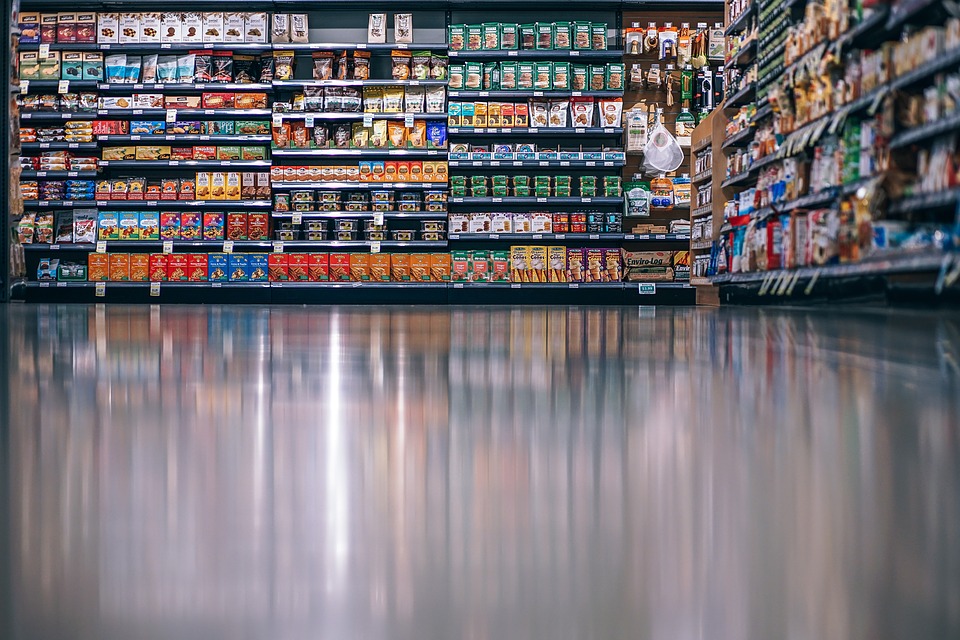
Food shipping simply wouldn’t exist without labels and signs. In order to maintain a baseline level of safety and quality, food shipping boxes and labels must be clearly legible.
Consciously mislabelling is considered a serious food crime, with consumers still very aware of major mislabelling and fraud scandals such as the 2013 horse meat fiasco, where horse meat was found in products advertised, shipped and labelled as beef.
Food shipping, then, has a delicate reputation, but it is safeguarded by stringent food shipping guidelines and labels.
The Law on Food Shipping
When food is shipped or sent via mail order in the UK, it must satisfy guidelines set by The Consumer Contracts (Information, Cancellation and Additional Charges) Regulations 2013. The law requires shipped food and traders to convey certain information, including:
- A description of the goods or service.
- The total price and/or how the price will be calculated.
- How the consumer will pay for the goods.
- Delivery charges and other cost details, such as who pays for the cost of returning items if you have a right to cancel and change your mind.
- Details on the consumer’s cancellation right, meaning the trader needs to show a standard cancellation form to streamline the process.
- Geographical and contact information about the seller.
Bundled in with this law is the standard labelling procedures detailed below, which Label Source’s stock satisfies.
The Food Shipping Regulations
The Department for Environment, Food and Rural Affairs states that a food label should have the following qualities:
- Name of the food
- Ingredients
- Note presence of ingredients that trigger allergies or intolerances that are stated in the 14 allergens
- Quantity and categories of certain ingredients
- Net quantity of foodstuffs
- The ‘use by’ date
- Storage conditions and/or conditions of use
- Name of food business operator
- Country of origin or place of provenance
- Instructions for use
- The alcohol strength by volume for beverages containing more than 1.2 % of alcohol, by volume
- Nutritional declaration
These features are easy to glance over for many people, but if any are missing, it poses a serious threat to consumers, as well as causing confusion for storage conditions when shipping.
The above is a baseline, with certain foods needing additions to their labelling, including foodstuffs that contain certain gases, sweeteners, glycyrrhizic acid or its ammonium salt, high caffeine, phytosterols and/or frozen fish and meat.
The Role of Quality Assurance Tapes
Quality assurance tapes play an important role in guaranteeing food hygiene and safety too, especially when large amounts are transported at a time.
Quality assurance tapes can safely secure packaging whilst communicating key information, including inspection dates, return to sender, and QA seals. We recently wrote about the role quality assurance tapes play in all industries here.
What Happens When Labels Aren’t Adhered To?
Aside from the well-documented case of the 2013 horse meat scandal, several other food-related incidents have come about from cutting corners with food shipping labels.
A scandal from the same year, in fact, went under the radar despite being much more dangerous than a case of mistaken red meat identity. The Food Standards Agency (FSA) discovered that certain products were using nuts as substitutes for cumin without declaring that the products contained them. Luckily, nobody was harmed, but even someone with a slight nut allergy would know the danger of putting nuts in a product without declaring their existence.
Late in 2016, too, a 15-year-old girl died on a flight to Nice after highstreet chain Pret a Manger failed to label one of its products – a baguette - as containing nut allergens. A regulation that stopped the need for products made on site prevented the Heathrow-based store from labelling it correctly, resulting in the worst consequences possible.
In perhaps the most stomach-churning case of food crime in history, a lack of proper labelling and shipping standards led to a Chinese supplier attempting to sell 40-year-old meat to restaurants, most of which was obviously rotting. How meat stayed in a freezer for 40 years is a puzzle, but it’s a thought not worth dwelling on for long.
Label Source has stocked the best in quality assurance tapes and food shipping. For more from the ever-changing world of labels, be sure to follow Label Source on Facebook and Twitter.